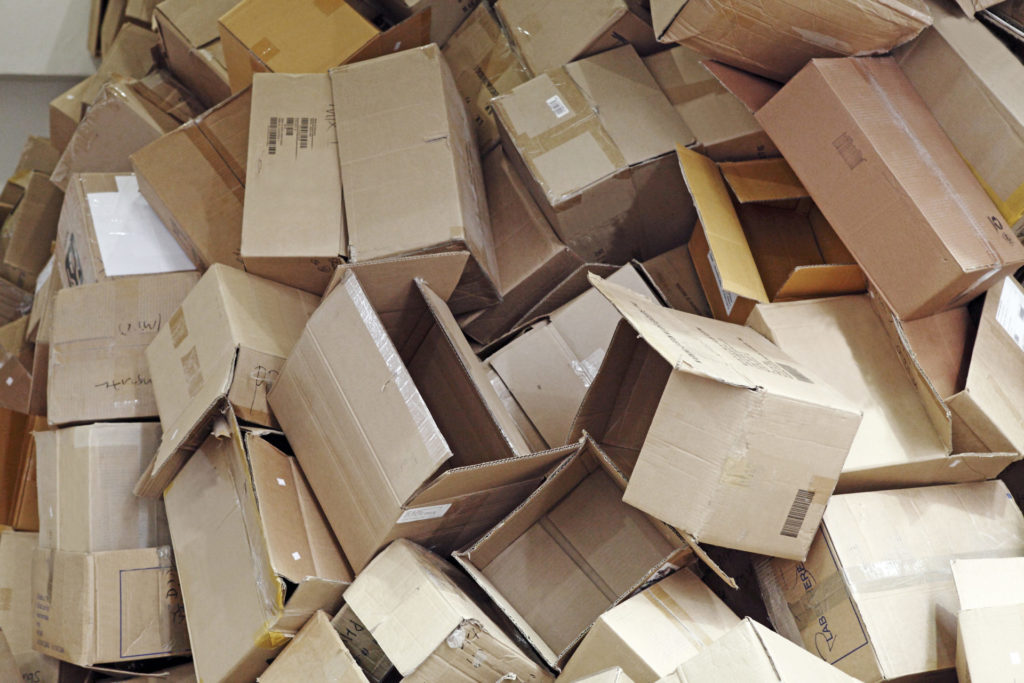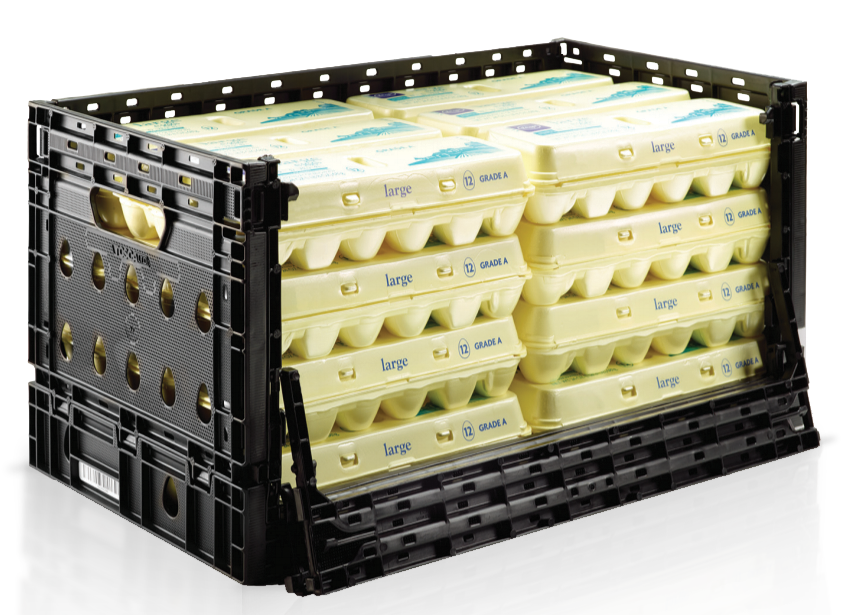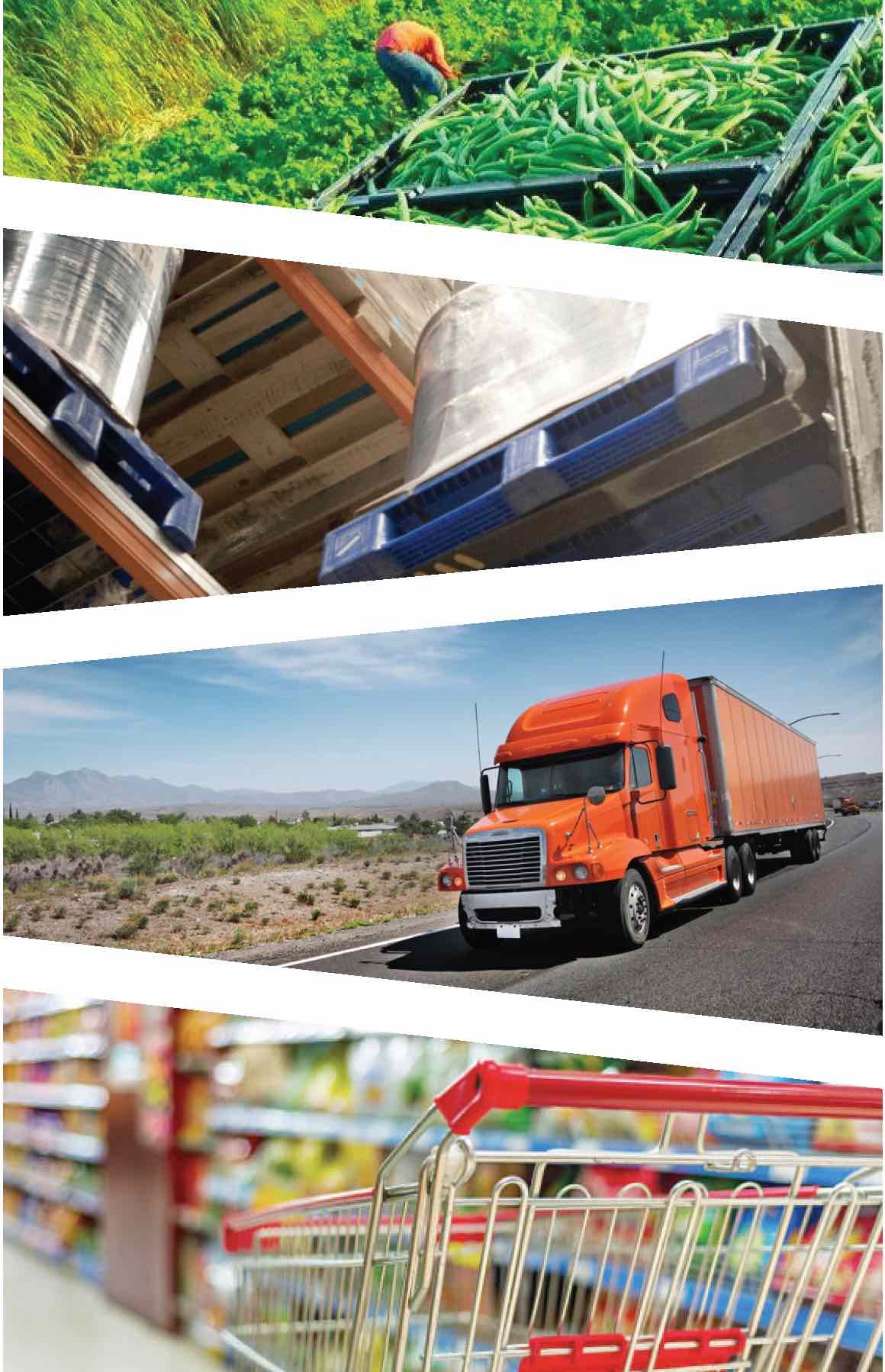China nixes soiled corrugated cardboard: what is the future of OCC recycling?
China’s decision earlier this year to become much more restrictive in its intake of worldwide corrugated cardboard waste is increasingly problematic for U.S. businesses and threatens supply chain sustainability. What does that mean for the future of OCC recycling?
China’s restriction, which now requires incoming OCC to contain 0.5 percent or less of contaminants from food and other sources, could be especially costly for supermarkets that choose corrugated instead of reusable packaging for their product shipments. A recent study found the average grocery store generates between eight and 30 tons of cardboard waste in any given month. Now, such stores could be charged to have that waste recycled or handled by landfills.
“(U.S.) recycling as we know it isn’t working,” summarizes exec James Warner of the Solid Waste Management Authority in a recent Wall Street Journal article. “There (have) always been ups and downs in the market, but this is the biggest disruption I can recall.”
What’s going on? In the past, the U.S. — the world’s largest exporter of waste paper and plastic — sold some $3.9 billion of paper and plastic waste each year, the majority to China. Earlier this year, the Asian country decided to accept only corrugated shipments that contain contaminant levels of 0.5 percent or less. In the past, it allowed contaminant levels of up to 25 percent, according to Resource-recycling.com.
The problem is, that purity level is difficult for consumers to achieve, and professional sorting of such materials can be costly. And countries including the U.S. that can’t meet such standards have thus far been unable to find other viable markets of China’s size. As such, the U.S. has asked China to reconsider, citing “a fundamental disruption in global supply chains for scrap materials, directing them away from productive reuse and toward disposal.”
For its part, China is reacting to lowered demand for recycled cardboard, increased waste-sorting costs, concerns about environmental contamination from the waste it’s already accepted, and an increasing flow of cardboard waste generated by its people. Packages delivered to the country via e-commerce last year numbered 40 billion. Trade disagreements with the Trump administration could be another factor, speculates Business Insider.
The U.S. generates little demand for waste cardboard on its own; one April report placed the national average price for OCC at $74 per ton, down from $160 per ton in March 2017. And analysts say businesses and consumers must soon absorb the recycling costs that now go to municipalities. And once municipal programs become financially unsustainable due to a lack of demand for recycled OCC, it will likely end up cluttering landfills (although that practice has already been banned in several U.S. communities).

“Collectors, processors and the municipal governments that hire them are reconsidering what they will accept to recycle and how much homeowners pay for that service,” notes the Wall Street Journal piece. “Many trash haulers and city agencies that paid for curbside collection by selling scrap said they are now losing money on almost every ton they handle.”
All that is slated to permanently alter the U.S recycling business, predicts industry exec William Moore in the story.
“It’s going to take domestic demand to replace what China was buying,” he says. “It’s not going to be a quick turnaround. It’s going to be a long-term issue.”
The West Coast is expected to be among the hardest hit, since more than 60 percent of collected recyclables in that region have been exported to China to this point. Supply chain sustainability is being significantly impacted through these circumstances, and it’s up to the businesses within to do their part by increasing eco-friendly efforts.
One Solution: How Reusable Containers Contribute to a Sustainable Supply Chain
For businesses, a clear alternative to coping with such recycling issues is to simply switch shipping materials to reusable plastic containers (RPCs) and contribute to a sustainable supply chain. Because the sturdy, uniformly proportioned containers are picked up from your store, cleaned and refilled with products again and again, they eliminate the cost, labor and uncertainty involved with gathering, breaking down, baling and attempting to recycle that unwanted corrugated cardboard.

Many governing bodies are already requesting businesses convert to reusables to increase their efforts toward supply chain sustainability. The European Union plans to make all European packaging reusable or recyclable by 2030, while the U.K. goal will eliminate all avoidable plastic waste within 25 years, reports the Huffington Post.
To learn more about how reusables can create a more sustainable supply chain, click here.


